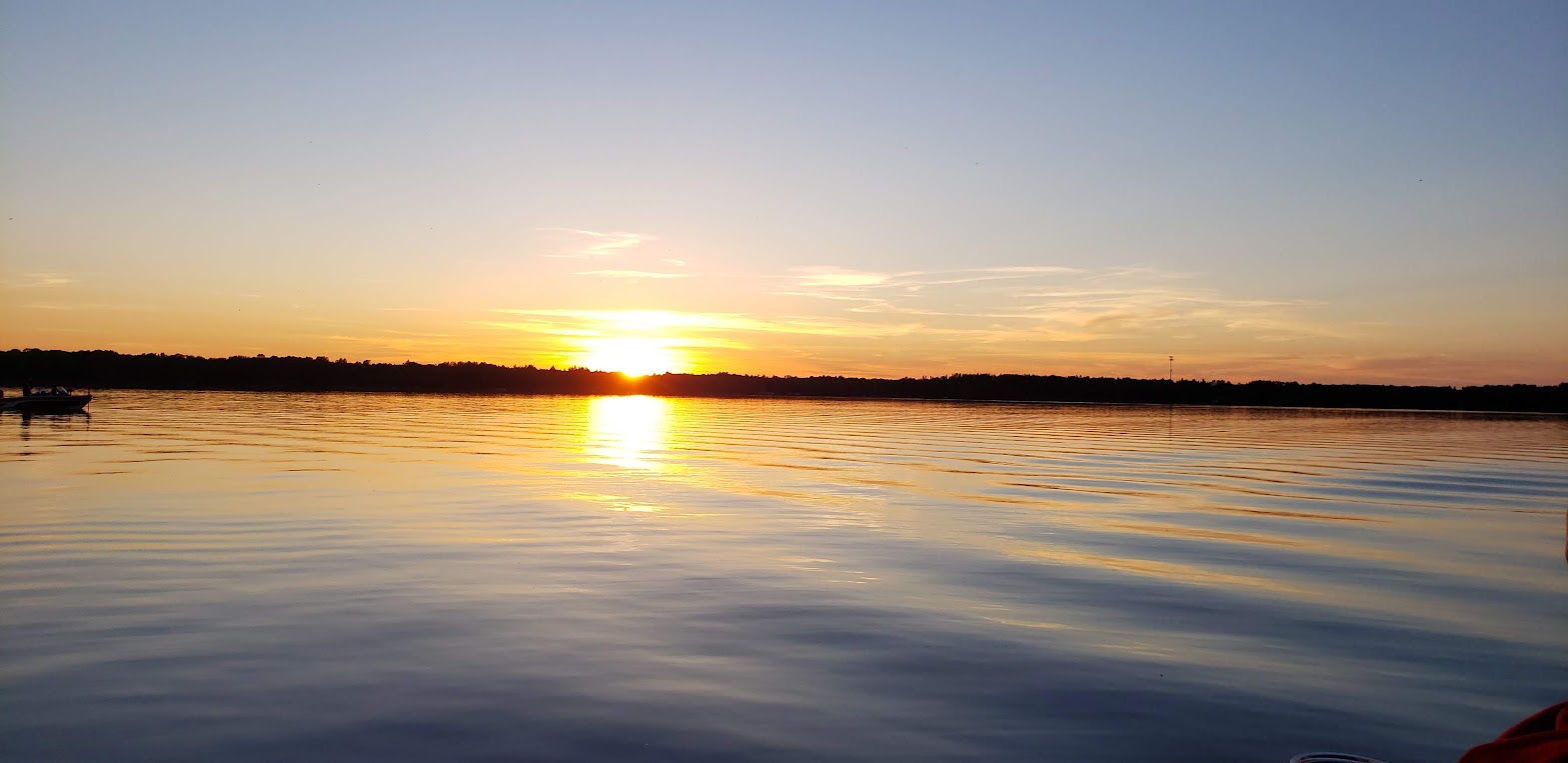THE CARE AND FEEDING OF SEPTIC SYSTEMS
Many lakeshore houses or cabins have septic tanks and drainfields. These systems use naturally occurring biological processes to treat household wastewater cheaply and efficiently and recharge groundwater supplies with the treated water.
They can also pollute lakes and drinking water.
What makes the difference? Good design, proper siting and construction, and regular maintenance. In the case of septic systems, if out-of-sight also means out-of-mind, trouble is guaranteed.
A little understanding of how a septic system works makes it easy to understand what kind of siting and upkeep it needs to operate well. In the most commonly used septic system, household wastewater goes to a septic tank, where gravity and bacterial action breaks it into sludge, scum, gas and liquid. The sludge settles at the bottom of the tank, scum rises to the top, gas is vented to the outside, and the liquid flows through closed pipes and a drop box to perforated pipes laid in a drainfield.
At this point, the liquid contains disease-bearing bacteria, nutrients, and organic matter. As it slowly moves through the drainfield, microorganisms and oxygen remove the bacteria and decompose the organic material. Soil particles filter out some of the nutrients—primarily phosphorus. Nitrates are inorganic and move through the soil into the groundwater, where they are diluted.
Since nitrates can create a health hazard if they are present above 10 parts per million in drinking water, the siting of a septic system is critical. The drainfield must be a sufficient distance from wells to allow for adequate dilution of nitrates. A high water table, ponds or marshy areas will cause construction or drainage problems.
Phosphorus can be very damaging to lakes. One pound of phosphorus can stimulate the growth of about 500 pounds of weeds and algae. A properly designed and installed septic system will effectively remove phosphorus from wastewater. However, old-fashioned systems, such as cesspools or leaching pits, can put phosphorus directly into the groundwater. From there, it can easily move into nearby lakes.
The soil itself must also be suitable for a drainfield to work well. You can contact your local Soil and Water Conservation District for help in evaluating soils on your property. Once a system is in place, the critical factor in good treatment is regular maintenance and care of the system. A short memory jog for good maintenance is watch what goes in, out and on your system.
What goes in: Don’t clog your drainfield by overloading the system. Use water-saving devices; don’t connect roof drains or basement sump pumps to the system: avoid using garbage disposals; don’t throw coffee grounds, cooking fats, disposable diapers, sanitary napkins, facial tissues, cigarette butts, antifreeze, paint, solvents or other household hazardous waste down the drains. Don’t use additives that are advertised as either “starting” the system or eliminating the need for pumpouts. They are not needed and can harm the system. Some additives are suspected to be carcinogenic and will flow directly into your groundwater.
What goes out: Have your septic tank pumped out every two or three years. If it is not pumped, the tank fills and lets solids reach the drainfield, clogging it and causing a failure of the system.
What goes on: Don’t damage the system by driving heavy vehicles over the drainfield. This is especially true in winter, when the vehicle’s weight can drive down the frost and prevent effective treatment in the drainfield.
Why worry? Sewage should be considered infectious. Allowing untreated sewage to reach a lake, stream or groundwater cannot only cause significant environmental damage, it can also create severe public health problems.
If you belong to a lake association, make sure that homeowners around the lake know how to maintain their systems. Failing septic systems can be detected by analyzing lake water near shore. Your association may want to contact your county zoning officials to work on a survey of septic systems around your lake. (Note to Upper Hay residents: this has already been done.)
